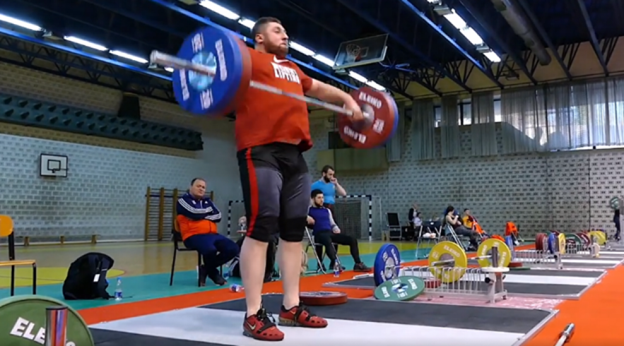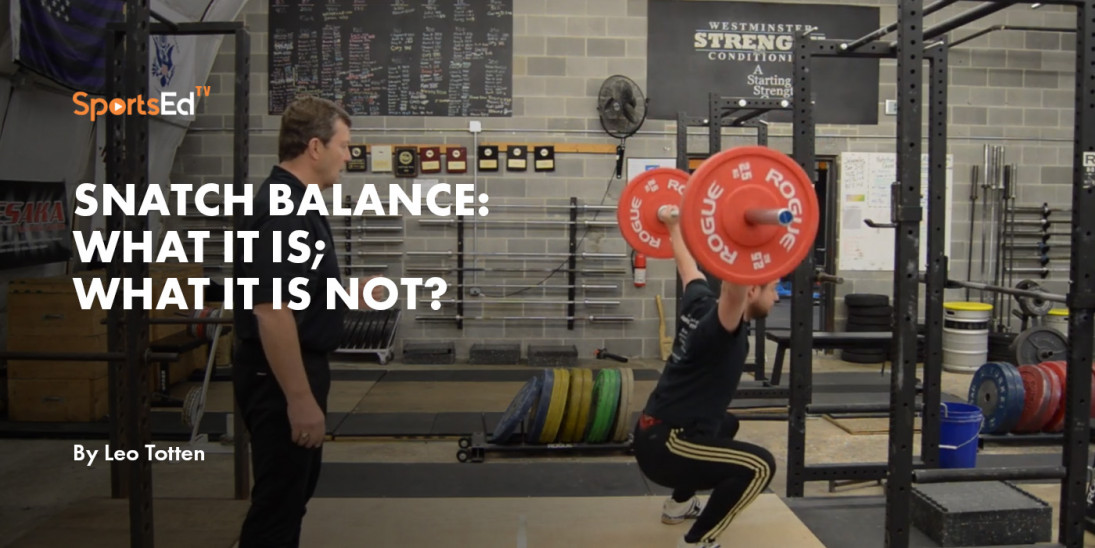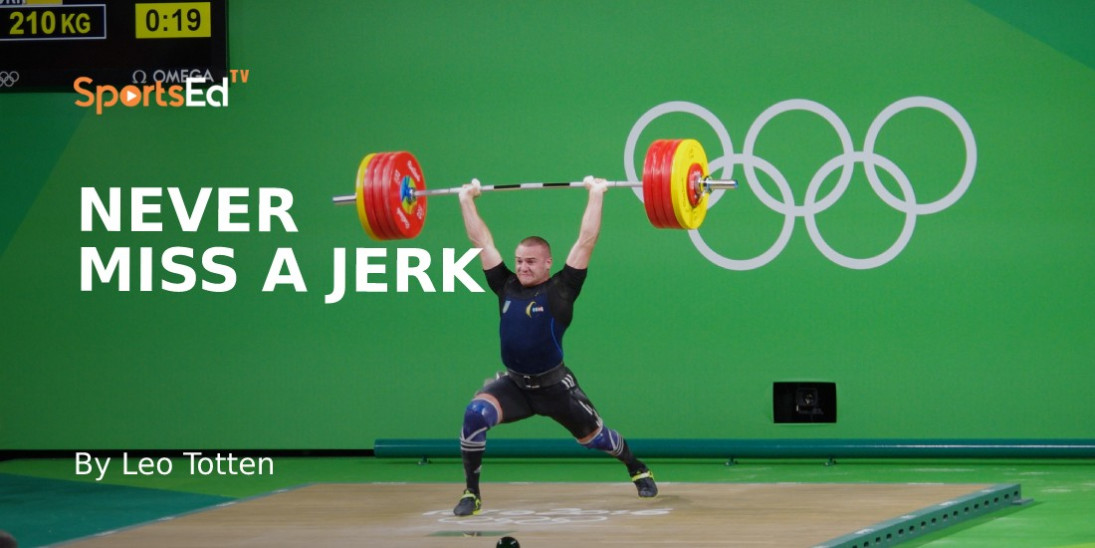Weightlifting, Mental Health
Welcome and thanks for visiting...

What's Holding Your Lifting Back

Be honest with yourself and really examine your goals in weightlifting. If you are not attaining your goals or you aren’t getting there as quickly as you would expect, then take a close look at what the reasons might be. Chances are, there are some limiting factors in your training or even in your personal life that is contributing this delay in getting those sought-after goals.
Everyone has strengths that have gotten them to the successful level they are at currently, but there are always those “weak areas” that are holding them back from breaking through. But the problem is that most lifters aren’t willing to really look at what those weak areas are and address them. It’s only human nature, when you stop and think about it. It takes a lot of personal discipline to work on what you aren’t naturally good at. Nobody wants to look bad in the gym, right? Ego, right?
I’m not saying to go the opposite way and only work on what you aren’t good at. If that were the case, it would be difficult to be motivated to even come into the gym. But instead, continue to refine your strong areas, but make sure that a significant amount of work on the weak areas are included to try to work that balance and to make sure that the weak area isn’t what is holding you back.
We have all heard the term, “A chain is only as strong as its weakest link.”. Well, in the field of weightlifting and strength and conditioning, the term fits quite well. If you don’t address that “weakest link”, you will still move forward but probably never quite reach that next level you are looking for.
From this point forward, let’s start calling your weak link your “limiting factor”. Take an honest look at your current status of your weightlifting strengths and weaknesses. From a lifting standpoint is it an issue of technique, strength or flexibility that is your limiting factor, holding you back from that max performance?
Technique - Is your bar path or bar trajectory the most efficient? Is your start position or setup as it should be? Do you have the issue of early arm bend? Does your technique break down only in certain positions during the lift?
Strength - You may have really good technique with lighter weights, but as the weight gets heavier, do you have the strength to hold the correct positions? Are you not able to keep the back and shoulders in the correct position when the bar is at the knees due to poor posterior chain strength? Do you lack the overall leg strength for proper pulling power or to recover from those heavy cleans? Do you have the technique to get under those snatches in a quick, efficient manner but lack the overhead strength to support the weight?

Flexibility - You may be strong as a bull, but do you have the flexibility or mobility to get the body in the correct positions? When the bar is overhead in the snatch or jerk, do you have the requisite shoulder flexibility to keep the bar behind the ears so the center of gravity of the bar is where it belongs? When you “rack” the bar on the shoulders in the clean, is the bar on the clavicles and shoulders where it belongs or does the bar slide down the chest due to lack of flexibility?
Another thing to consider is the balance between the competition lifts, training lifts and assistance exercises. Are you better at snatch than clean and jerk? Is your squat way up there, but the competitive lifts just don’t correlate? If not, what is the cause of the problem and what do you need to do to fix it?
For instance, we typically look for the snatch to be about 80% of the clean & jerk. When you do the math, if the snatch is below that 80%, then they need more focus on the snatch in their training. If that is the case, then we determine what part of the snatch is holding them back. Is it something with the strength of the pull, is it the speed of the movement, is it the bar path, is it the overhead supporting strength or is it the speed of getting into the receiving position? Once we determine that, we can arrange the programming to deal with that issue head on.
Obviously, if the snatch is higher than that 80% mark, then some part of the clean or jerk needs more focus. We use the same principle to decide what part of the C&J needs work and that gives us a better idea of how to set up programming. Is it the clean or is it the jerk? If it’s the clean, what part is holding you back – is it the strength of the pull, the speed of the pull and the turnover, the recovery out of the clean? If the jerk is the limiting factor – is it the strength of the dip and drive, the positioning of the body in relation to the bar, the supporting position and strength once the bar is overhead? All of these factors need to be considered in order to attack those limiting factors.
From the “non-lifting” side of things, there are many other factors that can negatively influence progress. Away from the platform, are there stresses in your life that are taking away from your recovery time? Too many hours at work, stressful work, family issues, boss issues, etc. I always say that the one hour you spend on the platform isn’t nearly as important as the 23 hours off the platform. If the “non-lifting” issues are something you need to work on, then it is important that you recognize that and make it a strength, not a weakness.
If any of these issues are determined to be the culprit, then take the time and have the self-discipline to work on what is holding you back. It’s not easy, but, hey, if lifting was easy, everyone would be good at it!





